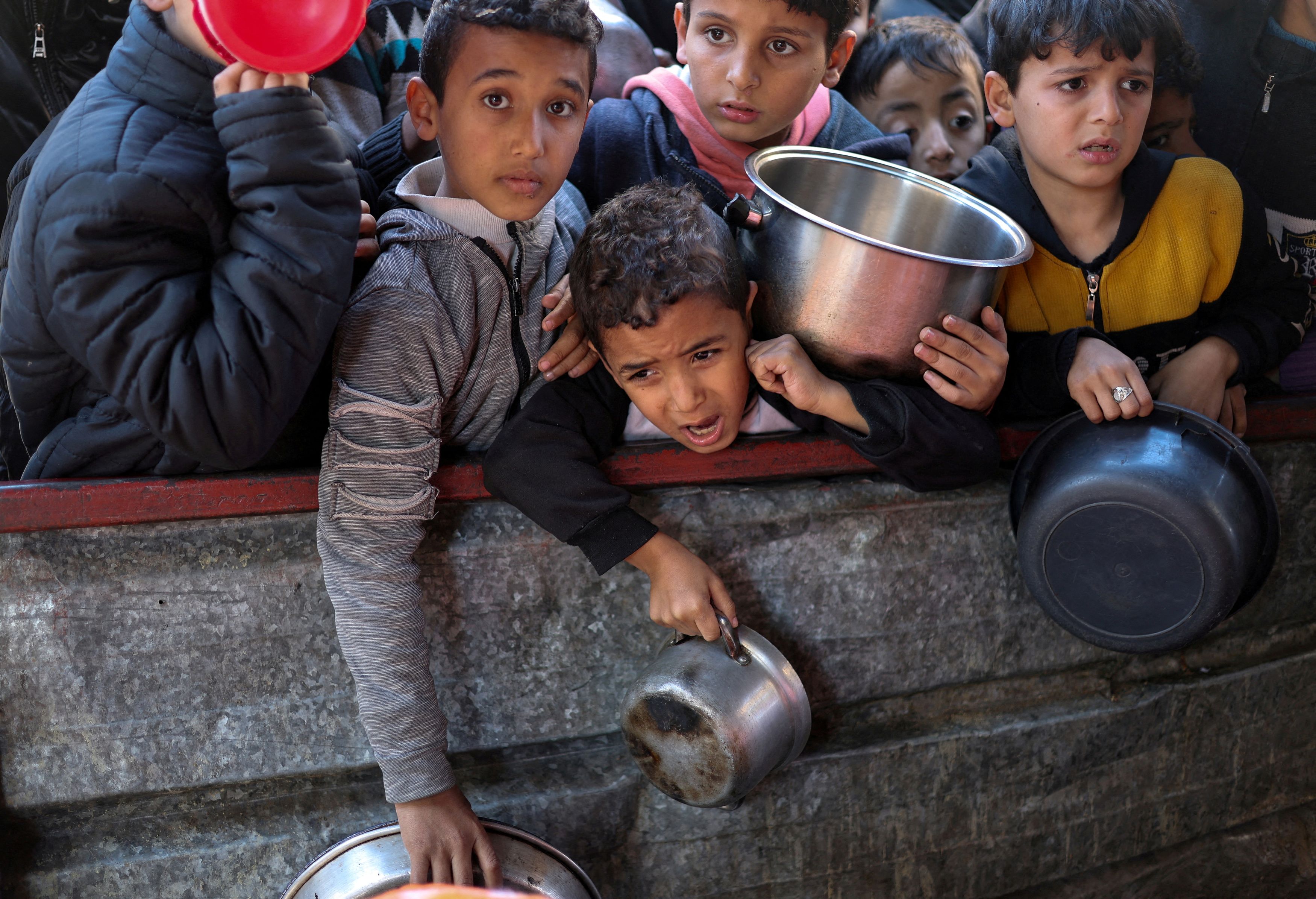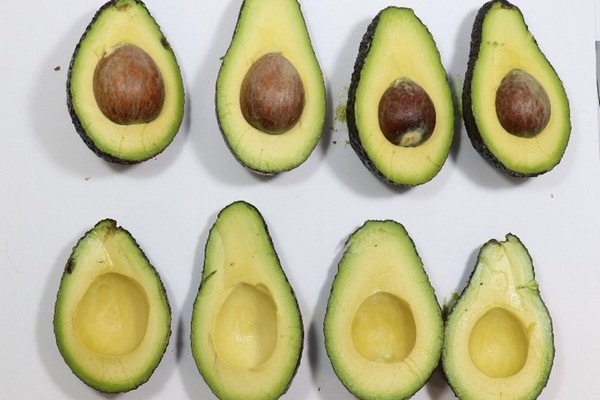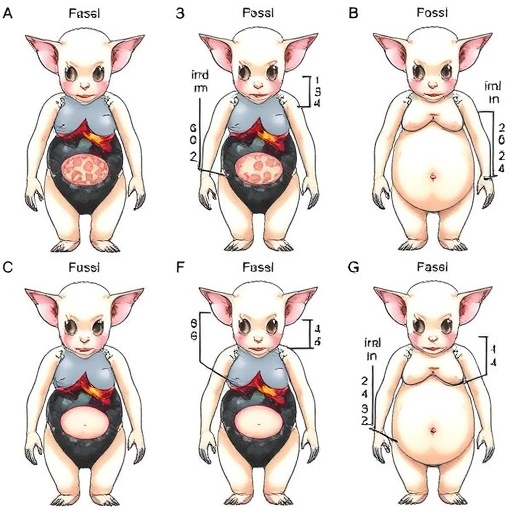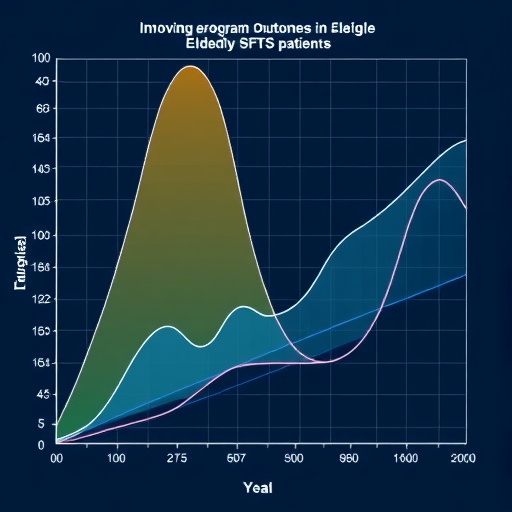One-year-old girl dies from severe malnutrition in central Gaza – Middle East Eye

Report on the Escalating Malnutrition Crisis in Gaza and its Conflict with Sustainable Development Goals
Executive Summary
A report from Deir al-Balah, central Gaza, confirms the death of a one-and-a-half-year-old girl on Friday due to severe malnutrition. This incident is a direct consequence of an ongoing blockade that severely restricts humanitarian access. This crisis represents a critical failure to uphold and progress toward several key Sustainable Development Goals (SDGs), particularly those concerning hunger, health, and peace.
Violation of SDG 2: Zero Hunger
The situation in Gaza presents a severe contravention of SDG 2, which aims to end hunger, achieve food security, and improve nutrition. The blockade has created conditions where these fundamental goals are unattainable.
- Target 2.1 (Universal Access to Food): The blockade directly prevents access to safe and nutritious food for the population.
- Target 2.2 (End All Forms of Malnutrition): Widespread malnutrition is rampant, with official health reports indicating a severe crisis among the most vulnerable.
Key statistics highlighting the failure to meet SDG 2 targets include:
- An estimated 17,000 children are currently suffering from acute malnutrition.
- The United Nations Relief and Works Agency for Palestine Refugees (UNRWA) has confirmed that child malnutrition is worsening, especially for children under the age of five.
Setbacks for SDG 3: Good Health and Well-being
The death of a child from a preventable cause like malnutrition is a stark indicator of the regression of SDG 3, which seeks to ensure healthy lives and promote well-being for all. The restriction on medical supplies further compounds this issue.
UNRWA Health Screening Findings (March-June 2025)
- Nearly 74,000 health screenings were conducted for children.
- Approximately 5,500 cases of moderate acute malnutrition were identified.
- Over 800 cases of severe acute malnutrition were recorded.
UNRWA attributes this rise in malnutrition directly to the blockade’s severe restrictions on the entry of food, medicine, and other essential humanitarian aid, undermining the core principles of SDG 3.
Compounding Challenges to Broader Sustainable Development
The crisis extends beyond hunger and health, impacting a broader framework of sustainable development.
- SDG 1 (No Poverty): The denial of access to fundamental resources like food and medicine exacerbates conditions of extreme poverty.
- SDG 16 (Peace, Justice and Strong Institutions): The blockade and its humanitarian toll undermine the goal of promoting peaceful and inclusive societies and represent a failure to protect civilian populations.
- SDG 17 (Partnerships for the Goals): The obstruction of humanitarian aid delivery by UN agencies like UNRWA is in direct opposition to the global partnerships required to achieve the SDGs.
1. Which SDGs are addressed or connected to the issues highlighted in the article?
The article highlights issues directly related to several Sustainable Development Goals (SDGs). The primary concerns of child malnutrition, death from hunger, and restricted access to humanitarian aid connect to the following SDGs:
- SDG 2: Zero Hunger – This is the most central SDG, as the article’s main focus is on severe and acute malnutrition caused by a lack of food access.
- SDG 3: Good Health and Well-being – The death of a child and the widespread suffering from malnutrition are critical health issues, directly falling under this goal.
- SDG 16: Peace, Justice and Strong Institutions – The article identifies the “Israeli blockade” as the root cause of the humanitarian crisis, linking the issue to broader themes of conflict, peace, and access to justice and aid.
2. What specific targets under those SDGs can be identified based on the article’s content?
Based on the specific problems described, the following targets are relevant:
-
SDG 2: Zero Hunger
- Target 2.1: “By 2030, end hunger and ensure access by all people, in particular the poor and people in vulnerable situations, including infants, to safe, nutritious and sufficient food all year round.” The article explicitly states that the blockade “has severely restricted the entry of food,” directly preventing access to sufficient food for the population, especially vulnerable children.
- Target 2.2: “By 2030, end all forms of malnutrition… including achieving, by 2025, the internationally agreed targets on stunting and wasting in children under 5 years of age.” The article’s core subject is the failure to meet this target, citing that “around 17,000 children are currently suffering from acute malnutrition” and detailing cases of “moderate acute malnutrition” and “severe acute malnutrition.”
-
SDG 3: Good Health and Well-being
- Target 3.2: “By 2030, end preventable deaths of newborns and children under 5 years of age…” The death of the “one-and-a-half-year-old girl… from severe malnutrition” is a clear example of a preventable death of a child under five, which this target aims to eliminate.
-
SDG 16: Peace, Justice and Strong Institutions
- Target 16.1: “Significantly reduce all forms of violence and related death rates everywhere.” The blockade, which leads to death from malnutrition, can be interpreted as a form of structural violence with lethal consequences, making this target relevant. The death reported is a “related death” resulting from the conflict situation.
3. Are there any indicators mentioned or implied in the article that can be used to measure progress towards the identified targets?
Yes, the article provides specific data that serve as direct indicators for measuring the severity of the crisis and the lack of progress towards the identified targets.
-
For Target 2.2 (End all forms of malnutrition):
- Indicator 2.2.2 (Prevalence of malnutrition (wasting…)): The article provides precise figures that align with this indicator. It mentions:
- “around 17,000 children are currently suffering from acute malnutrition”
- “nearly 74,000 screenings” conducted by UNRWA
- “around 5,500 cases of moderate acute malnutrition” identified
- “over 800 cases of severe acute malnutrition” identified
These numbers directly measure the prevalence of wasting (acute malnutrition) in the child population screened.
- Indicator 2.2.2 (Prevalence of malnutrition (wasting…)): The article provides precise figures that align with this indicator. It mentions:
-
For Target 3.2 (End preventable deaths of children under 5):
- Indicator 3.2.1 (Under-5 mortality rate): The report of a “one-and-a-half-year-old girl” dying from malnutrition is a data point that contributes to this indicator. While the article doesn’t provide the full mortality rate, it documents a specific cause of death (malnutrition) that is a key component of the overall under-5 mortality in the region.
-
For Target 2.1 (End hunger and ensure access to food):
- While not a formal quantitative indicator, the statement that the “blockade on the Gaza Strip… has severely restricted the entry of food, medicine and humanitarian aid” serves as a qualitative indicator of the failure to ensure access to food. It identifies the direct barrier to achieving food security.
4. Table of SDGs, Targets, and Indicators
| SDGs | Targets | Indicators Identified in the Article |
|---|---|---|
| SDG 2: Zero Hunger | 2.2: End all forms of malnutrition, particularly wasting in children under 5. |
|
| SDG 3: Good Health and Well-being | 3.2: End preventable deaths of children under 5 years of age. |
|
| SDG 16: Peace, Justice and Strong Institutions | 16.1: Significantly reduce all forms of violence and related death rates. |
|
Source: middleeasteye.net

What is Your Reaction?
 Like
0
Like
0
 Dislike
0
Dislike
0
 Love
0
Love
0
 Funny
0
Funny
0
 Angry
0
Angry
0
 Sad
0
Sad
0
 Wow
0
Wow
0


























.png.webp?itok=oUrWXcvl#)

:focal(2620,1821)/https://media.globalcitizen.org/60/0a/600a77ce-594c-49ce-b428-dd977e3d2328/d4_csdw_thailand_2149_1.jpg?#)


















































